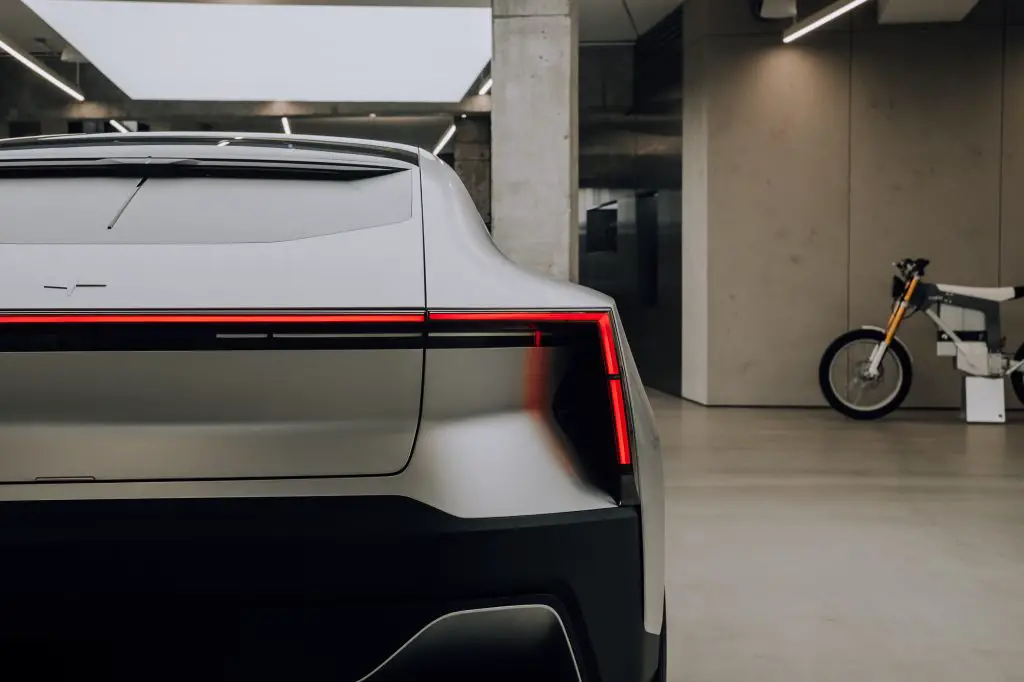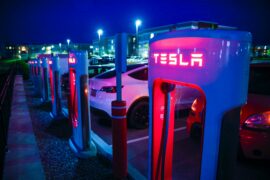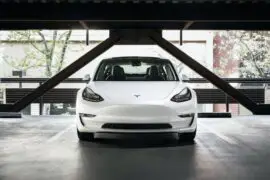Electric vehicles have become increasingly popular in recent years as a clean, efficient, and sustainable alternative to gasoline and diesel-powered vehicles. While most electric vehicles are designed for personal use or light-duty commercial purposes, there is also a growing market for electric vehicles over 6000 pounds.
Electric vehicles over 6000 pounds, also known as medium-duty or heavy-duty electric vehicles, are designed for commercial or industrial use and are capable of carrying heavier loads. These vehicles come in various sizes and configurations and are often used for tasks such as the transportation of goods or equipment, construction, or waste management.
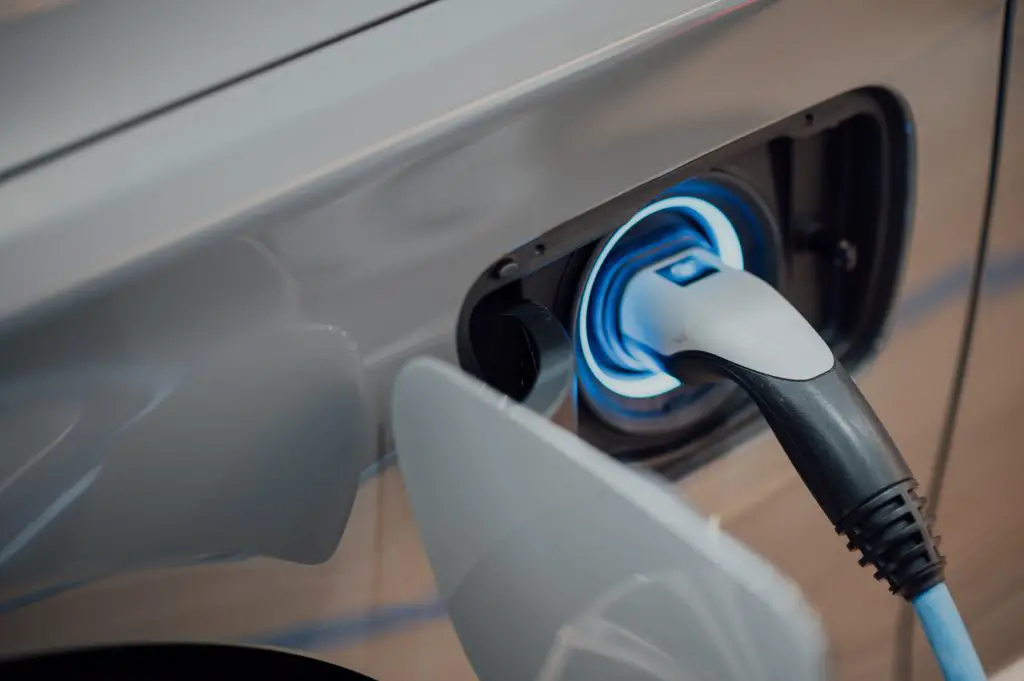
The significance of electric vehicles over 6000 pounds lies in their potential to reduce emissions, lower operating costs, and increase efficiency in various industries. As the demand for sustainable transportation and clean energy continues to grow, electric vehicles over 6,000 pounds are becoming an increasingly important part of the conversation around reducing greenhouse gas emissions and mitigating the impacts of climate change.
Contents
Types of Electric Vehicles Over 6000 Pounds
There are two main types of electric vehicles over 6000 pounds: medium-duty and heavy-duty electric vehicles.
- Medium-duty electric vehicles: These vehicles are designed for lighter commercial or industrial use and have a gross vehicle weight rating (GVWR) of up to 33,000 pounds. They are typically used for delivery and utility applications and are capable of carrying smaller loads over shorter distances. Examples of medium-duty electric vehicles include the Ford F-750 Electric, Peterbilt 220EV, and Freightliner eM2.
- Heavy-duty electric vehicles: These vehicles are designed for heavy-duty commercial or industrial use and have a GVWR of over 33,000 pounds. They are typically used for long-haul transportation of goods or equipment and are capable of carrying heavier loads over longer distances. Examples of heavy-duty electric vehicles include the Tesla Semi, Volvo VNR Electric, and Daimler eCascadia.
Both medium-duty and heavy-duty electric vehicles offer significant environmental benefits compared to traditional gasoline or diesel-powered vehicles, including zero emissions and lower operating costs over the lifetime of the vehicle. However, heavy-duty electric vehicles may require more advanced technology and infrastructure to support their use and may have higher upfront costs due to their size and complexity.
Environmental Benefits of Electric Vehicles Over 6000 Pounds
- Zero emissions and lower carbon footprint: Electric vehicles over 6000 pounds are powered by electricity, which means they produce zero emissions at the tailpipe. This makes them an attractive option for businesses and industries looking to reduce their carbon footprint and meet sustainability targets. Electric vehicles can also be powered by renewable energy sources like solar or wind, which can further reduce their environmental impact.
- Lower operating costs over the lifetime of the vehicle: Electric vehicles over 6000 pounds can have lower operating costs than traditional gasoline or diesel-powered vehicles over the lifetime of the vehicle. This is because electric vehicles have fewer moving parts and require less maintenance than internal combustion engines. Additionally, the cost of electricity is typically lower than the cost of gasoline or diesel fuel, which can result in significant savings over time.
Challenges and Considerations for Electric Vehicles Over 6000 Pounds
- Higher upfront costs: Electric vehicles over 6000 pounds can have higher upfront costs compared to traditional gasoline or diesel-powered vehicles. This is partly due to the larger battery systems required to power the vehicle and the associated technology needed to support the vehicle’s operation. However, over the lifetime of the vehicle, electric vehicles can have lower operating costs, which can offset the higher upfront costs.
- Charging infrastructure limitations: One of the main challenges facing electric vehicles over 6000 pounds is the lack of charging infrastructure. Heavy-duty electric vehicles often require more charging power and longer charging times than light-duty vehicles, which means that charging stations must be equipped to handle the additional power and have enough space to accommodate the larger vehicles. This can be a significant barrier to adoption, particularly in areas with limited charging infrastructure.
- Regulatory hurdles: The regulatory landscape is another consideration for electric vehicles over 6000 pounds. Regulations surrounding emissions, vehicle weight, and safety can vary by region and can impact the design and operation of electric vehicles. In some cases, regulatory hurdles can make bringing electric vehicles over 6,000 pounds to market difficult or expensive.
Despite these challenges, electric vehicles of over 6000 pounds are expected to play an increasingly important role in transportation and industry in the coming years. As technology and infrastructure continue to improve, the costs of electric vehicles are likely to decrease, and charging infrastructure is expected to become more widely available, making it easier for businesses and industries to adopt electric vehicles and reap the benefits of reduced emissions and operating costs.
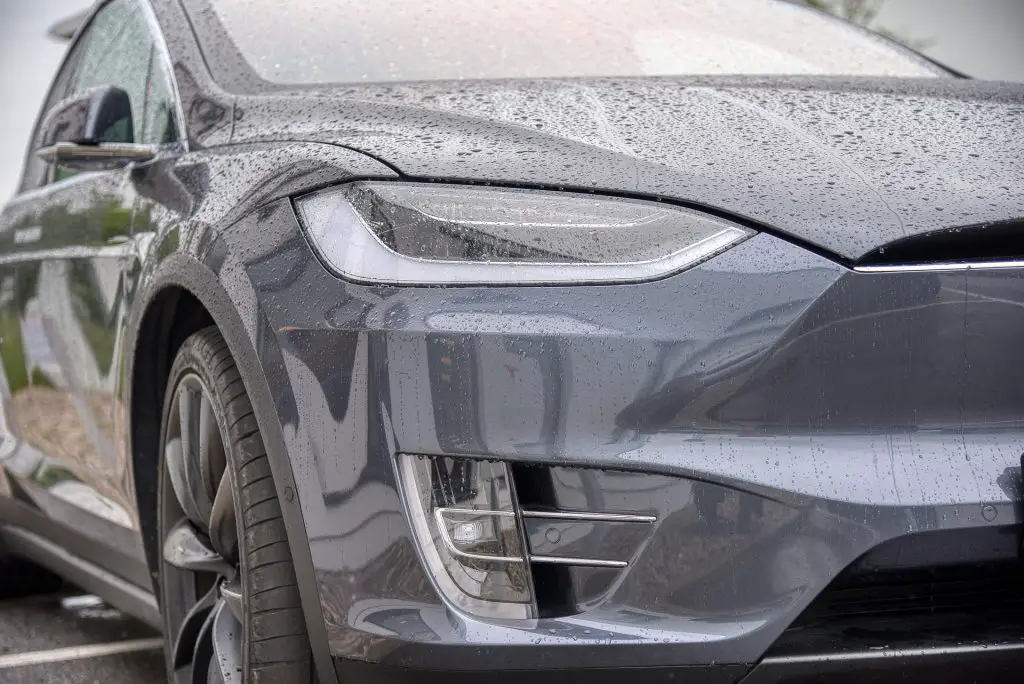
Applications for Electric Vehicles Over 6000 Pounds
- Commercial and industrial use cases:
Electric vehicles over 6000 pounds are well-suited for a range of commercial and industrial use cases, including transportation, construction, and waste management. In the transportation industry, electric vehicles can be used for long-haul transportation of goods or equipment, as well as for local delivery applications. In the construction industry, electric vehicles can be used to transport materials and equipment to job sites, while in the waste management industry, electric vehicles can be used to collect and transport waste.
- Potential impact on various industries:
The adoption of electric vehicles over 6000 pounds has the potential to impact various industries in different ways. For example, the transportation industry may see reduced emissions and operating costs, while the construction industry may benefit from quieter and more efficient vehicles. In the waste management industry, electric vehicles can help reduce emissions and noise pollution in residential areas. Additionally, the adoption of electric vehicles over 6000 pounds can help companies meet sustainability goals and reduce their environmental impact, which can be an important consideration for consumers and investors.
Future of Electric Vehicles Over 6000 Pounds
The future of electric vehicles over 6000 pounds looks promising, with advancements in technology and infrastructure driving potential for increased adoption and market growth. Some of the key factors shaping the future of these vehicles include:
- Advancements in technology: The development of new battery technologies, as well as improvements in charging infrastructure, is expected to make electric vehicles over 6000 pounds more practical and efficient. This includes advancements in fast charging technology, which can reduce charging times and improve vehicle range, as well as improvements in battery capacity and performance.
- Infrastructure development: As the demand for electric vehicles over 6000 pounds grows, so too will the need for charging infrastructure. Governments and private companies are investing in the development of charging networks to support these vehicles, including fast-charging stations and high-power charging systems that can accommodate heavy-duty vehicles.
- Increased adoption and market growth: As technology and infrastructure continue to improve, the adoption of electric vehicles over 6000 pounds is expected to increase. This is due in part to the environmental and economic benefits of these vehicles, as well as regulatory pressures to reduce emissions and improve sustainability.

Conclusion
Electric vehicles over 6000 pounds have significant potential to impact the transportation and industrial sectors. As we have discussed in this article, these vehicles offer a range of benefits, including zero emissions and lower operating costs. However, there are also challenges and considerations that must be addressed, such as higher upfront costs and charging infrastructure limitations.
Despite these challenges, the future of electric vehicles over 6000 pounds looks promising. Advancements in technology and infrastructure, along with increased adoption and market growth, are expected to drive further development and use of these vehicles.
In summary, electric vehicles over 6000 pounds have a range of applications across various industries and offer significant benefits in terms of sustainability and efficiency. While there are challenges that must be addressed, the potential impact of these vehicles on the transportation and industrial sectors is significant. As technology and infrastructure continue to improve, we can expect to see increased adoption of electric vehicles over 6,000 pounds, leading to a more sustainable and efficient transportation system.
Do Tesla cars have transmissions? Read it here.

